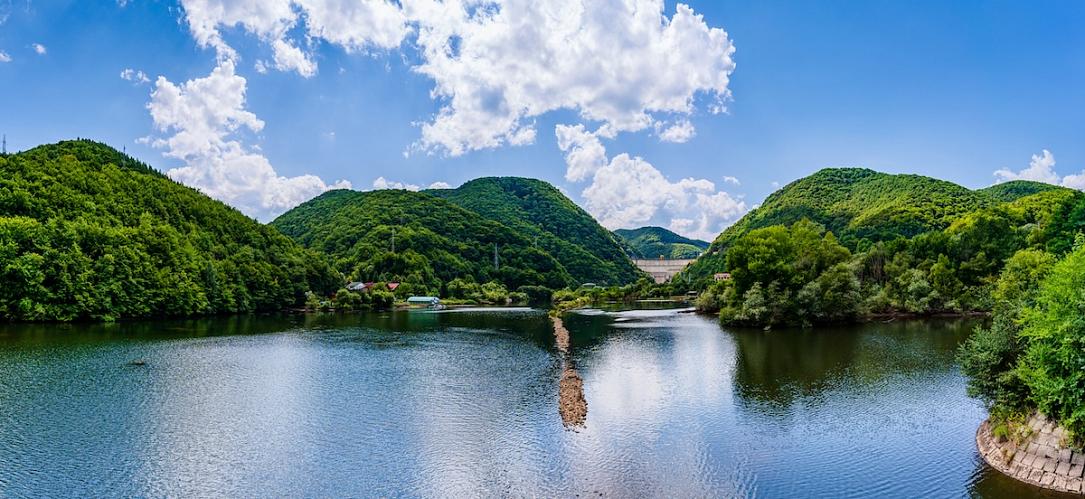Romania inks MoU with Japan's Itochu to revive long-stalled Tarnița-Lăpuștești hydropower project



The Romanian Ministry of Energy announced it signed, on November 4, a memorandum of understanding (MoU) with the Japanese company Itochu for the development of the 1GWh reversible hydropower plant project Tarnița-Lăpuștești, in an attempt to revive the project that has been constantly put on the public agenda over the past decades but constantly failed to gain momentum.
The interest in the project is relevant, particularly given the magnitude reached by the development of intermittent green energy generation capacities, and foreign companies have constantly expressed their intentions to invest in it – but somehow, the negotiations failed each time. In principle, the project is likely to generate a significant balancing capacity in the country's power system such as to smooth the volatility of the prices on the short-term markets.
"The Ministry of Energy from Romania and the Japanese company Itochu Corporation have signed a Memorandum of Understanding for the development of the Tarnița-Lăpuștești investment, a project of strategic importance for balancing the national energy system, absolutely necessary in the context of increasing the share of energy from renewable sources," the Ministry of Energy said.
The project is located 30 kilometers from Cluj-Napoca, on the Someş River. It was initially designed in 1979, and it involves a 1,000 MW hydropower plant with pumps that push the water back into the dam when there is excess supply in the country's power grid.
The signing of the MoU takes place several days before the expected failure of a public tender organized by the state's holding company, SAPE, for contracting another feasibility study for the project. The public tender was drafted in such a way as to actually prevent finding a consultant for the feasibility study, according to sources familiar with the process consulted by Hotnews.ro. The two bids placed after the 15 prospective consultants filed more than 70 requests for clarifications do not comply with the requirements SAPE announced a couple of weeks ago.
The former Hidro Tarnița project company was dissolved at the beginning of July last year, because "it did not produce anything in 10 years of existence, could not be financed in any way, and no investor was found for the construction of the hydropower plant," SAPE commented about the state of the project.
iulian@romania-insider.com
(Photo source: Photofires/Dreamstime.com)